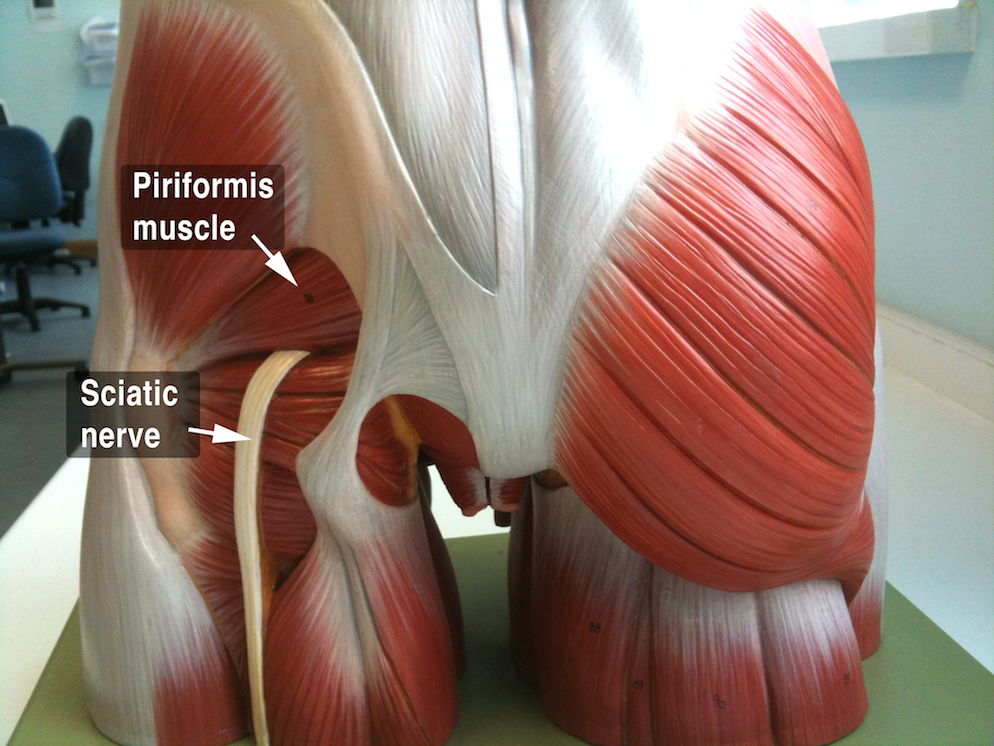Remember when the cure for a bad back was to lie on the floor and keep as still as possible?
In guidelines produced for GPs, the Royal College of General Practitioners changed the overall basis of treatment for low back pain from one of rest and immobility to keep moving and working as much as possible, and to use bed rest for a short-term treatment only during the acute and painful phase. It also recommended Chiropractic as a preferred treatment.
What the GPs recommend
These GP Guidelines below so strongly agree with my own philosophy on treating back pain!
- There is strong evidence that joint manipulation helps pain and improves activity and patient confidence.
- Avoid bed rest: trials show it can make the pain worse!
- Evidence in favour of activity is strong and unequivocal: continue normal daily life as much as you can. Increase physical exercise gently and progressively over a few days or weeks.
- Stay at work provided you are fit to work safely; perhaps reduce your hours or go on light duties till you’re better.
- Evidence suggests that back strengthening exercises don’t help if your back pain is acute.
- Keep active and consider manipulation: Chiropractic is one good option.
How to properly rest the back
Even when we’re not experiencing back pain, our busy lifestyles mean that the back can easily become tired.
If you’re sitting down all day, for instance in an office, then ‘rest’ means introducing movement! Get up regularly from sitting, walk regularly, take breaks, use a chair with active movement, or a sit-stand desk which would be the most ideal and which I’m especially keen on.
On the other hand, if you stand all day, resting your spine may in fact mean sitting for short periods. Even ‘minute’ breaks can release the muscles that tighten when standing. During breaks, going for a proper walk to help the back muscles move fully, or lying down if a quiet space can be found, are ideal.
Please see my blog about how to rest your back when lying down for more information.
Why do we rest the back?
Mostly because we’re in pain (otherwise we don’t worry about it).
To prevent the back from tightening up or becoming locked.
To relax the muscles and reduce tension.
To improve mobility.
Resting your back, put simply, is a change of activity!
For further advice drop in to the clinic and see me or visit our website for more handy tips.
Jeremy English
Leave A Comment
Related Posts
Sometimes, we might struggle with inertia and lack of motivation to get exercising. Getting gentle, regular exercise is so important, as Jeremy explains in his short video.
One of my many passions is that children should work in a healthy way! Writing slopes, or slant boards, encourage your child's natural posture and reduce slouching and neck pain.
The British Chiropractic Association (BCA) has recently reported that 71% of people who have suffered with back pain over the last 10 years have never done anything to combat it!

